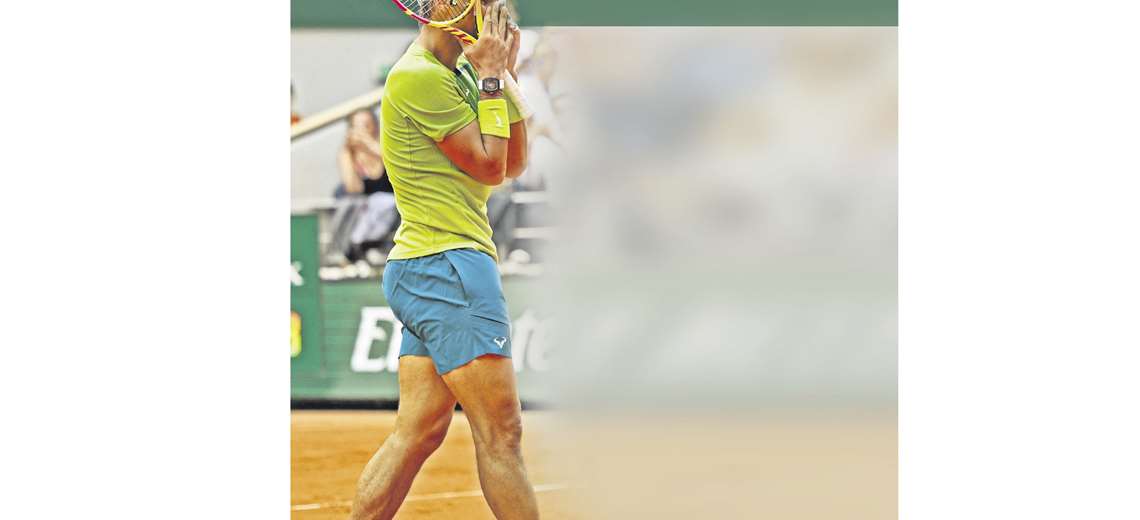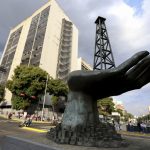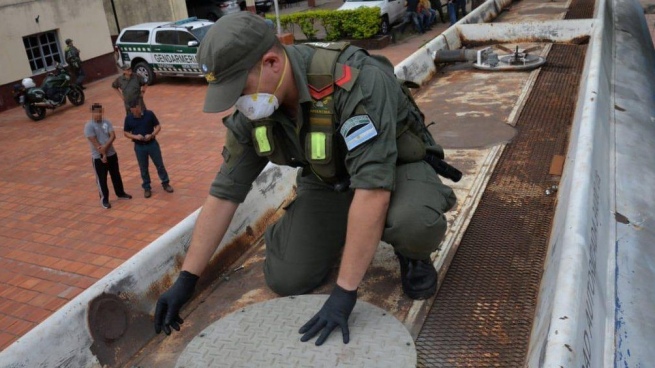The Müller-Weiss syndrome, a disease that increasingly disables the Spanish champion Rafa Nadal, who won his 14th Roland Garros on Sunday, is a rare pathology that affects a bone in the foot, and can cause chronic pain.
The Mallorcan suffers from scaphoid osteochondritis since he was 18 years old, also known as Müller-Weiss syndrome. A “chronic and incurable” degenerative disease, Nadal himself indicated at the beginning of May.
This syndrome affects one of the bones located in the middle part of the foot, between the talus and the cuineiform bones.
“This bone is under significant stress, and for unknown reasons, it loses its vascularization and becomes necrotic,” Denis Mainard, president of the French Association of Foot Surgery and head of the orthopedic surgery service at the hospital, told AFP. Nancy.
In the most serious cases and “among people who demand a lot from their feet, the bone will disintegrate, crush, it can fragment, and in the end it can evolve into osteoarthritis with a reduction in the plantar arch”, he specifies.
Müller-Weiss syndrome can affect only one foot, but more often both. Rafael Nadal suffers from only one foot, the left one. This pathology most often affects women and people between 40 and 60 years of age.
Professor Mainard does not know Nadal’s medical history in detailbut highlights the “intellectual hypothesis” that the tennis player had suffered from Köhler-Mouchet disease as a child, a rare pathology of navicular bone growth that affects children under 10 years of age, especially sports boys, and that can bring sequels.
Müller-Weiss syndrome has five stages: the first does not reveal symptoms, the last is osteoarthritis.
The causes of this disease are unknown. “Of the two authors who initially described it, Müller believed that it had a traumatic origin, Weiss rather vascular. At the moment, it is considered that the origin is rather vascular”, says the doctor.
Some factors can increase the risk of appearance: overweight, flat feet, fatigue fracture, etc.
It is often a difficult disease to diagnose at first, because it develops silently in its early stages. The pains usually appear after the second.
In addition to rest, the use of orthopedic insoles can reduce pain, although when they are intense there is no other option than anti-inflammatories or infiltrations.
“I take a lot of anti-inflammatories every day to be able to train (…) If I don’t take them I’m lame,” Nadal explained after his defeat in Rome, ten days before Roland Garros. “My problem is that for a while, there are many days that I live with too much pain,” he added.
For patients who can no longer bear the pain and who cannot walk, surgical intervention is necessary to block the two joints involving the navicular bone. “In the event that the navicular bone disintegrates, a bone transplant is also necessary to restore the length of the inner arch of the foot,” says Dr. Mainard.
“Practice high-level sports after such an operation it seems difficult to me”, he concludes.
The Müller-Weiss syndrome, a disease that increasingly disables the Spanish champion Rafa Nadal, who won his 14th Roland Garros on Sunday, is a rare pathology that affects a bone in the foot, and can cause chronic pain.
The Mallorcan suffers from scaphoid osteochondritis since he was 18 years old, also known as Müller-Weiss syndrome. A “chronic and incurable” degenerative disease, Nadal himself indicated at the beginning of May.
This syndrome affects one of the bones located in the middle part of the foot, between the talus and the cuineiform bones.
“This bone is under significant stress, and for unknown reasons, it loses its vascularization and becomes necrotic,” Denis Mainard, president of the French Association of Foot Surgery and head of the orthopedic surgery service at the hospital, told AFP. Nancy.
In the most serious cases and “among people who demand a lot from their feet, the bone will disintegrate, crush, it can fragment, and in the end it can evolve into osteoarthritis with a reduction in the plantar arch”, he specifies.
Müller-Weiss syndrome can affect only one foot, but more often both. Rafael Nadal suffers from only one foot, the left one. This pathology most often affects women and people between 40 and 60 years of age.
Professor Mainard does not know Nadal’s medical history in detailbut highlights the “intellectual hypothesis” that the tennis player had suffered from Köhler-Mouchet disease as a child, a rare pathology of navicular bone growth that affects children under 10 years of age, especially sports boys, and that can bring sequels.
Müller-Weiss syndrome has five stages: the first does not reveal symptoms, the last is osteoarthritis.
The causes of this disease are unknown. “Of the two authors who initially described it, Müller believed that it had a traumatic origin, Weiss rather vascular. At the moment, it is considered that the origin is rather vascular”, says the doctor.
Some factors can increase the risk of appearance: overweight, flat feet, fatigue fracture, etc.
It is often a difficult disease to diagnose at first, because it develops silently in its early stages. The pains usually appear after the second.
In addition to rest, the use of orthopedic insoles can reduce pain, although when they are intense there is no other option than anti-inflammatories or infiltrations.
“I take a lot of anti-inflammatories every day to be able to train (…) If I don’t take them I’m lame,” Nadal explained after his defeat in Rome, ten days before Roland Garros. “My problem is that for a while, there are many days that I live with too much pain,” he added.
For patients who can no longer bear the pain and who cannot walk, surgical intervention is necessary to block the two joints involving the navicular bone. “In the event that the navicular bone disintegrates, a bone transplant is also necessary to restore the length of the inner arch of the foot,” says Dr. Mainard.
“Practice high-level sports after such an operation it seems difficult to me”, he concludes.
 ;
;

 ;
;

















